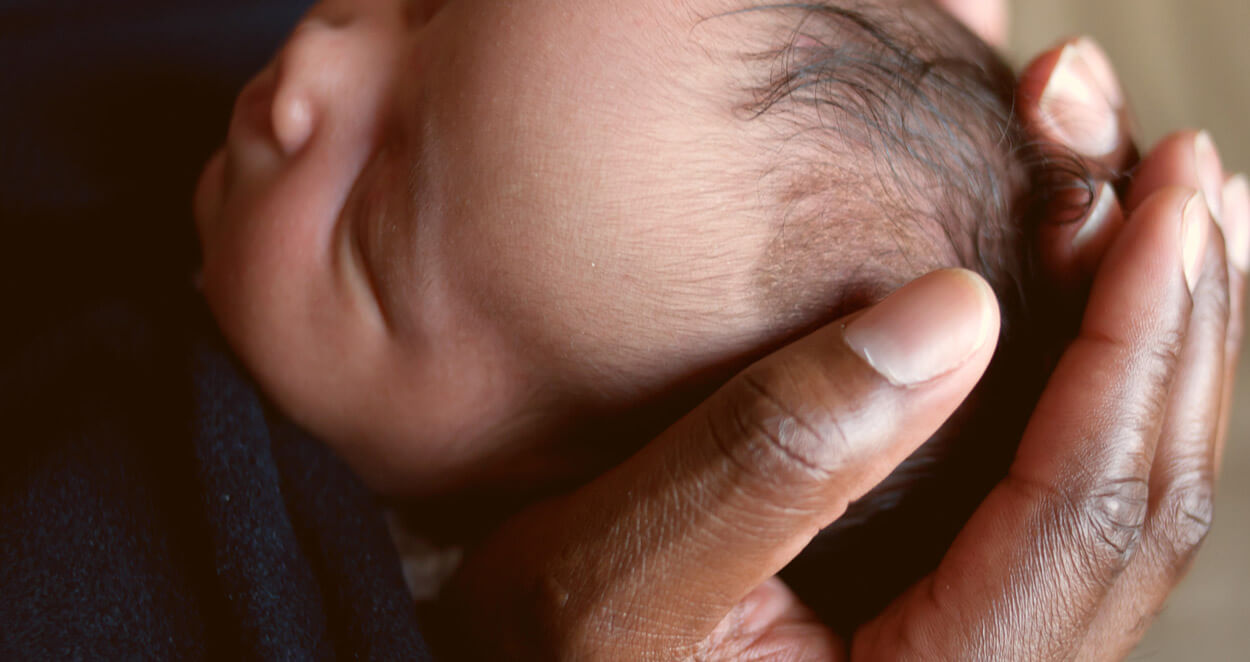Cradle cap

10 Oct 2019
When it comes to newborn babies, as a mother, the most unnerving part is not knowing what is normal and what is not. Some things may look unnatural and scary, but they are, in fact, pretty normal – or at least really common. Let’s take seborrheic dermatitis, for example, more commonly known as cradle cap.
Cradle cap presents as crusty, oily or scaly patches that usually appear on your newborn’s scalp, and may also appear on their face around their ears, nose and eyelids. It can present itself as early as two weeks old and up until 12 months old.
The cause of cradle cap isn’t known, but apart from being unsightly, this condition is not painful, itchy, dangerous, or contagious.
These patches aren’t easily removed but usually disappear on their own. However, there are some treatments that can help it along:
- Wash your baby’s hair once a day with a mild baby shampoo. You can also massage the scalp while washing. This will help to break up the patches so they fall off.
- Gently brush over the scaly patches with a soft baby brush or toothbrush to loosen the flakes. This is best done before washing your baby’s scalp as you can wash those loose flakes away.
- Using petroleum jelly can be helpful in lifting stubborn dry patches. Massage some onto your baby’s scalp then wash with mild baby shampoo.
If you feel that your baby has a severe case of cradle cap, and nothing seems to be helping, visit your paediatrician before you visit Dr Google. There are many home remedies for cradle cap, but it’s always best to seek professional advice from a paediatrician so that they can prescribe a medical shampoo or cream, especially if it gets infected.
In most cases, all it needs is a little time. It looks scarier than it is and usually disappears after three to four months.